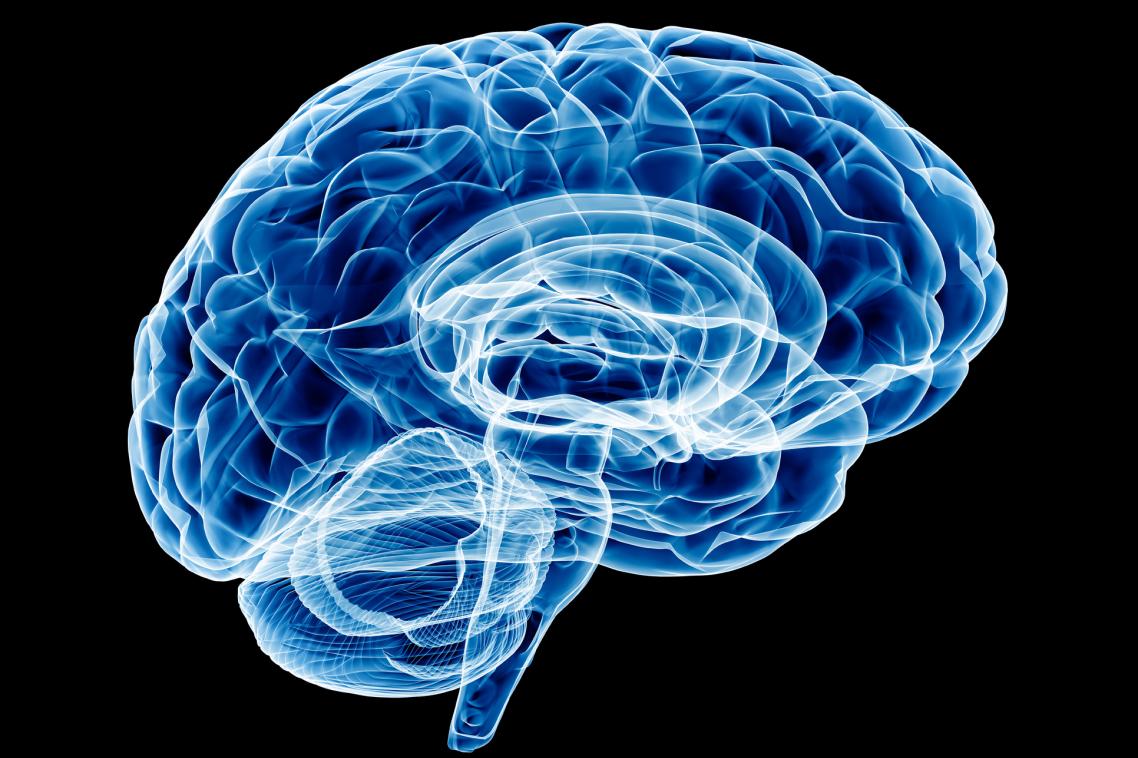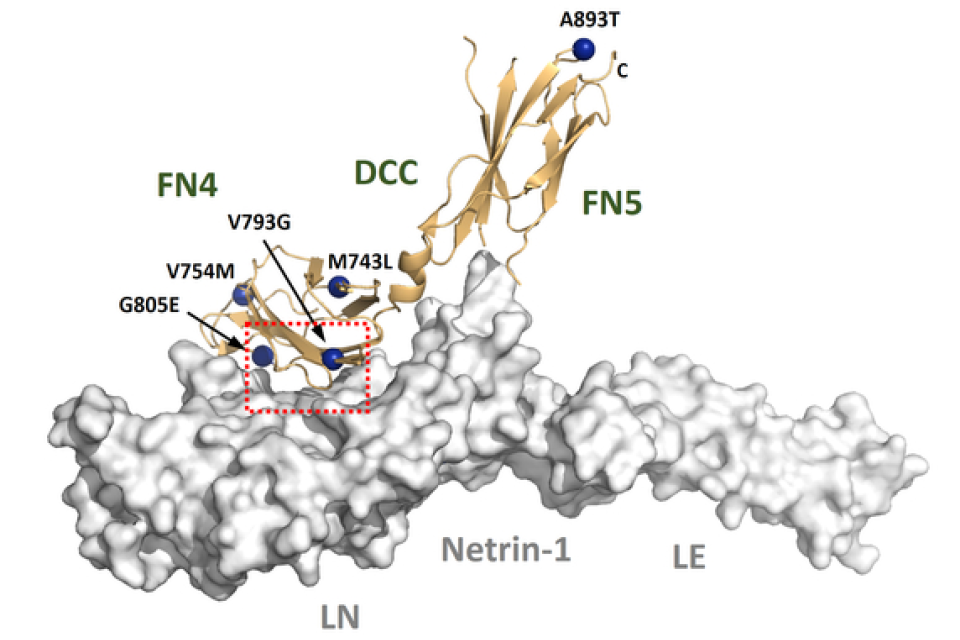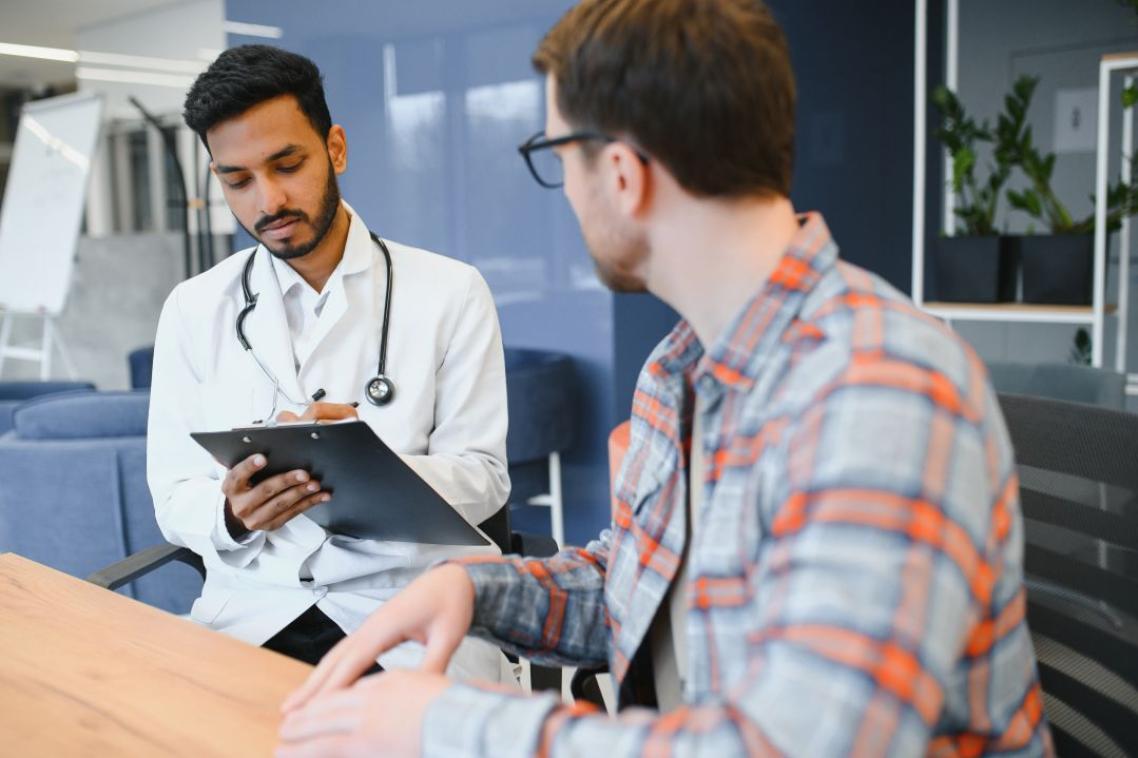Discovery reveals brain abnormality and mirror movement link

A condition forcing people to involuntarily mirror movements in opposing limbs has been linked to a common developmental brain disorder.
Scientists from The University of Queensland collaborated with international researchers to discover mutations in a specific human gene – DCC – led to a condition known as agenesis of the corpus callosum (ACC).
Professor Linda Richards of UQ’s Queensland Brain Institute said ACC was a partial or complete absence of nerve fibres connecting the right and left sides of the brain.
“The corpus callosum allows communication between the two hemispheres,” Professor Richards said.
“Earlier studies on people with a DCC mutation showed they had mirror movement disorder but a normal corpus callosum.
“However, the DCC gene was known to cause ACC in mice.
“It was previously thought that the gene had different functions in animals and people, but we now know that’s not the case.”

The scientists identified that the position of the mutation in the DCC gene determined whether it caused mirror movement disorder alone, or caused the disorder in combination with a corpus callosum malformation.
More than half the individuals with DCC mutations in the latest study, published in the journal Nature Genetics, had congenital mirror movement disorder.
“People with mirror movement disorder move one limb – usually the hand, but it can involve the feet as well – and they are unable to inhibit the same movement in the other limb,” Professor Richards said.
“These individuals move both limbs together concurrently, but the condition isn’t debilitating.
“People with the disorder develop coping mechanisms to suppress the movement and tend to be quite ambidextrous.”
Using high-field magnetic resonance imaging, UQ scientists identified people with mirror movement disorder had changes in brain wiring that explained their mirror movements.
“While there are several genes associated with intellectual disability and agenesis of the corpus callosum, this is one of the first genetic mutations identified that has a milder developmental outcome,” Professor Richards said.
Professor Richards said families affected by disorders of the corpus callosum should contact AusDoCC, a national advocacy group.
Collaboration and acknowledgements
Key research collaborators included Associate Professors Paul Lockhart and Rick Leventer from the Murdoch Childrens Research Institute, and Professor Christel Depienne from the Pitié-Salpêtrière Hospital in Paris.Related articles

Australia needs doctors – so why are hundreds of qualified international physicians unable to work?

Greater attention needed on community service workforce
Media contact
UQ Communications
communications@uq.edu.au
+61 429 056 139

